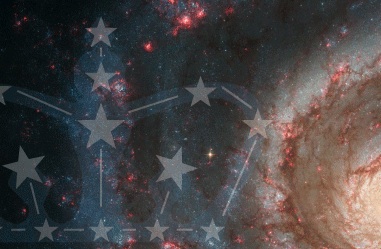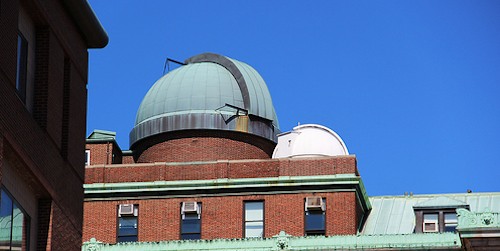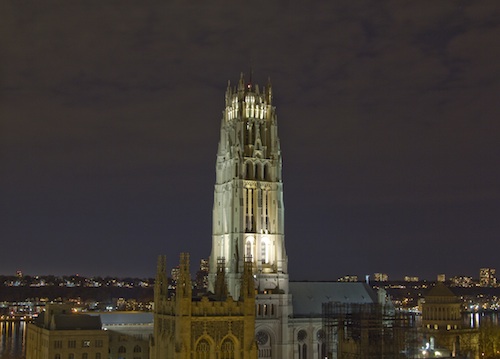Columbia Astronomy Outreach
August 9, 2012
 Columbia University Astronomy Public Outreach Program has the most outlandish event roster.
“The Truth About Black Holes.” “How I Found a Supernova.” “Strange New Exoplanets.” All this in a city where you can hardly see a star in the night sky. New York scores a nine on the Bortle Dark-Sky Scale. The scale measures the amount of skyglow from light pollution, and nine is as bad as it gets. In Galileo’s time, everywhere—absolutely everywhere—was a one. Today you can scarcely find a one in the continental United States; you’re better off in the Australian Outback or Antarctica. But astronomy in Metropolis isn’t totally futile: the whole celestial carnival is still silently spinning out there beyond the glare, waiting. The Outreach Program is for folks who like to be reminded. It expands the feeling you get when, walking at night on a loud cross street banked with fragrant garbage, you turn a corner—and see a tremendous full moon hanging over the roof of a brownstone.
Columbia University Astronomy Public Outreach Program has the most outlandish event roster.
“The Truth About Black Holes.” “How I Found a Supernova.” “Strange New Exoplanets.” All this in a city where you can hardly see a star in the night sky. New York scores a nine on the Bortle Dark-Sky Scale. The scale measures the amount of skyglow from light pollution, and nine is as bad as it gets. In Galileo’s time, everywhere—absolutely everywhere—was a one. Today you can scarcely find a one in the continental United States; you’re better off in the Australian Outback or Antarctica. But astronomy in Metropolis isn’t totally futile: the whole celestial carnival is still silently spinning out there beyond the glare, waiting. The Outreach Program is for folks who like to be reminded. It expands the feeling you get when, walking at night on a loud cross street banked with fragrant garbage, you turn a corner—and see a tremendous full moon hanging over the roof of a brownstone.

After a short lecture on a subject guaranteed to trivialize your personal problems, the Outreach lets you browse the cosmos through their rooftop telescopes. The view out into space isn’t great. You won’t mind. A bleary image of an object millions of miles away makes that object seem realer than the airbrushed textbook version. For instance, this is what Saturn looks like:






